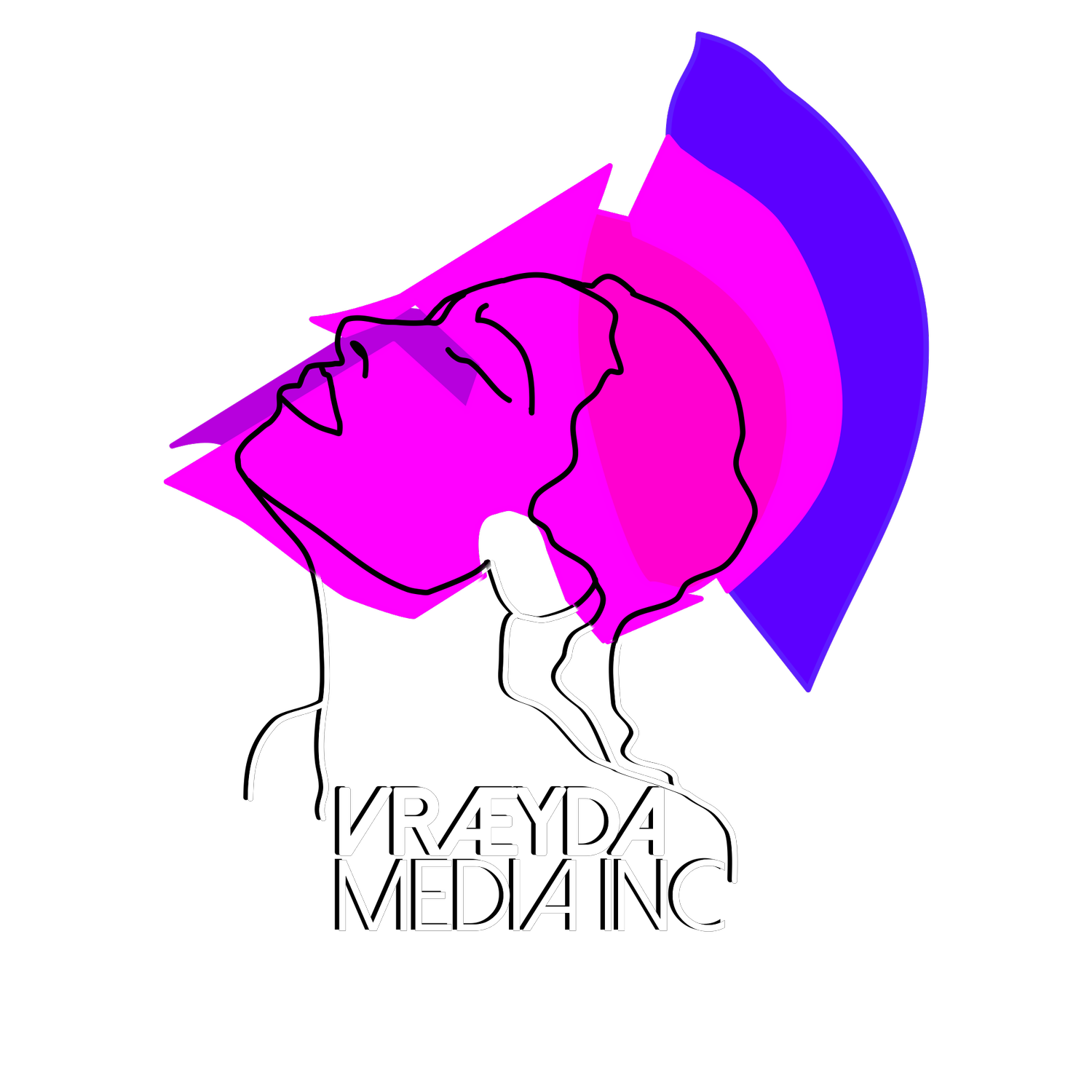ENTERING ADVENTURE
write your adventure like a dungeon MAP
That sounds wild.
A dungeon has rooms and tunnels or corridors leading to them with the good maps having more than one way to reach each room. This pattern is important as, with it, a gamemaster (GM) can then envision various ways the players can get through their adventure. It’s not all the ways, of course, but plenty to allow a GM to see the flexibility within the adventure.
This flexibility will, over time, require less and less “mapping” of each adventure and the GM will be able to run any adventure this way right off the top of their heads, no notes required.
To do this effectively requires knowing the five essential parts of every dungeon/adventure.
ENTRANCE & GUARDIAN
The entrance is the way or ways into a dungeon. It is also the hook or introduction of the adventure. The guardian is the first thing encountered. It could be pikemen, a sleeping guard beast, a handful of dungeon critters, or even dwellers cooking a meal over a fire. Their purpose is to give a minor challenge to the player characters (PCs) and set the tone for the dungeon. For the adventure, the guardian is a little bit of conflict meant to make the adventure feel a bit more personal. A scoffing rival, a thief related to the main conflict of the adventure trying to steal from them, etc. Whether dungeon or adventure, the guardian should be easily defeated thus giving the PCs a feeling of confidence and feel more invested towards the outcome.
PUZZLE, TRAP, or SOCIAL INTERACTION
These options all work in a dungeon or as an adventure incident. There could be a trick to stopping the trap before poisonous vapors take them all out, a hidden key to find, or a dungeon dweller the PCs can interrogate. These same things could very well be an adventure incident in a town. NPCs often get involved here. This is meant to be encouraging and easily accomplished, giving the PCs even more confidence and luring them deeper into the adventure.
TRICK, TRAP, or SETBACK
These are much like the previous option, though the difficulty rises. Also, with success or failure, the PCs should feel like they have lost a bit. This is the perfect place for an ambush, an assassination attempt, or rising suspicions against the PCs.
CLIMAX or BIG BATTLE
This is the classic Boss Fight or Boss Social Encounter and is the PCs facing the main conflict head-on. Although the GM never knows the outcome ahead of time (as that is up to the players), a wise GM should have a plan for what happens if there is a victory or a defeat. They should also be ready for something going sideways.
REWARD, REVELATION, or PLOT TWIST
These can be loot, or the PCs wake up as prisoners, or they may even discover that this was only the tip of an iceberg. This is where a hook for the next adventure in the campaign is discovered. A treasure map, a book in a cipher only a codebreaker can read, one piece of the Big Campaign Loot, or the boss was in cahoots with someone even bigger, etc.
With each room made, it is time to connect them. There are several ways you can do this. One is to make boxes with lines connecting them in your notes. The Entrance is always first as this is where you hook the players into the adventure. which ones come next really depends on your players. With your “map” showing the various routes, the GM can feel ready to be flexible. Over time, a GM will no longer need the routes and can swap around the rooms like Lego blocks, building the adventure around the players.
There are plenty of times the players get lucky and go from Entrance to Reward Room, bypassing everything else. This is fine. This means these rooms are now Lego blocks to be used sometime in the future.
Now get out there and build an adventure!

